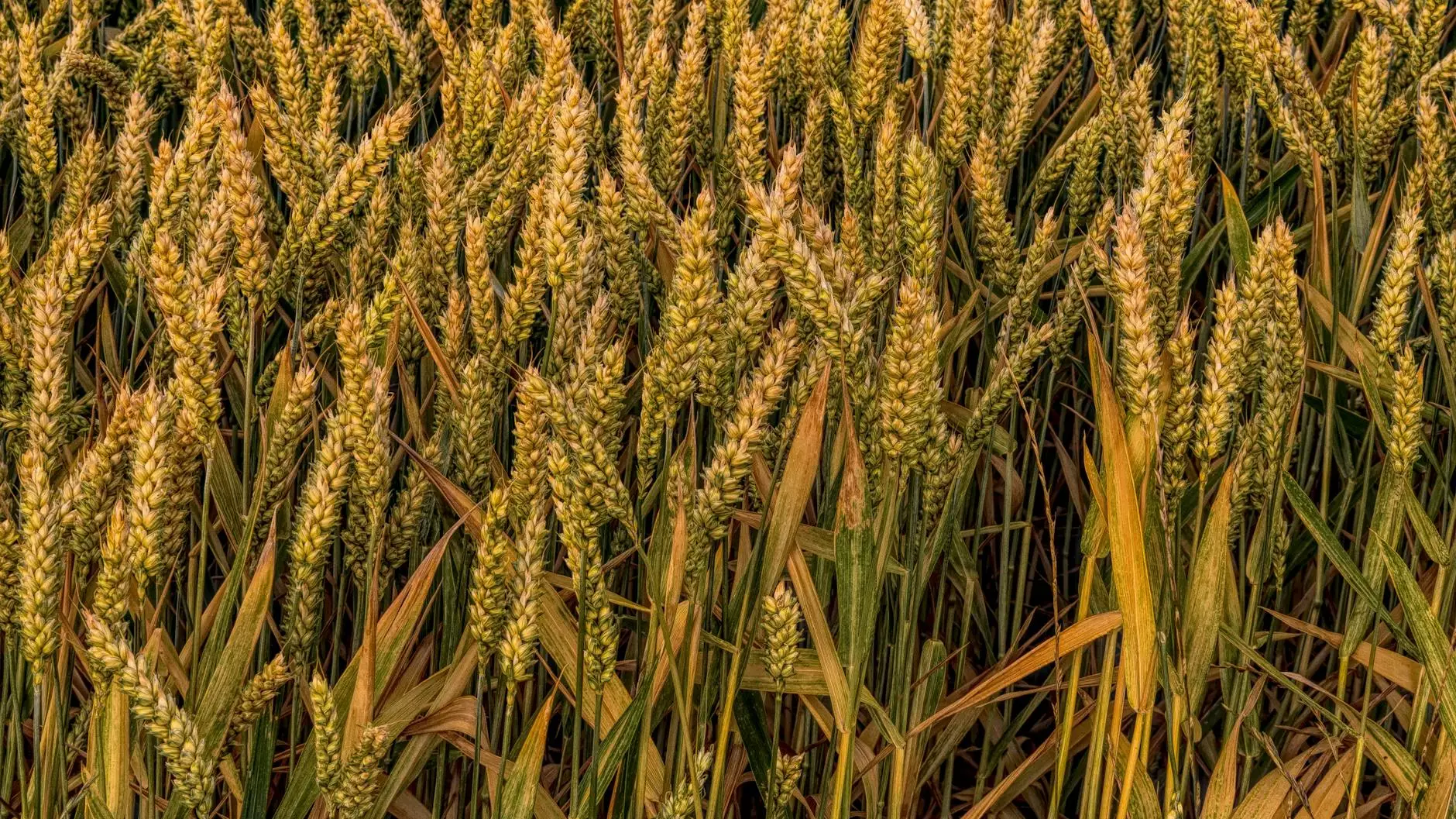Wheat Moisture Content for Storage: Best Practices for Farmers

Wheat is one of the most important staple crops globally, contributing significantly to food security. However, the moisture content of wheat during storage is a critical factor that can determine its overall quality and longevity. This article delves deep into the intricacies of managing wheat moisture content for storage, providing farmers and grain handlers with essential guidelines to ensure their harvests remain in optimal condition.
Understanding Wheat Moisture Content
Before discussing storage techniques, it's vital to understand what moisture content in wheat means. Wheat moisture content is measured as a percentage of the weight of water in the grain. The moisture level at which wheat should be stored is crucial because it affects various qualities, including shelf life, susceptibility to pests, and the risk of mold formation.
Optimal Moisture Levels for Wheat Storage
The recommended moisture content for stored wheat is generally between 12% and 14%. At moisture levels above 14%, the potential for spoilage increases significantly. Conversely, if the moisture content is too low, the grain can become dry, leading to decreased milling yields and diminished quality.
Why is Moisture Control Crucial?
- Prevention of Mold and Fungi: Higher moisture levels create a breeding ground for mold and fungi that can spoil the grain.
- Pest Infestation: Grains with excessive moisture can attract pests, leading to further contamination and loss.
- Quality Degradation: Improper moisture management can result in decreased nutritional value and quality of wheat.
Factors Affecting Wheat Moisture Content
Several factors influence the moisture content of wheat and its suitability for storage:
- Environmental Conditions: High humidity and rainfall during harvest can increase moisture content in wheat crops.
- Harvest Timing: Harvesting too late can lead to increased moisture levels due to late growing season rains.
- Storage Conditions: The design and materials used for storage can significantly impact moisture retention and a grain's overall health.
Measuring Wheat Moisture Content
To effectively manage wheat moisture content, farmers must accurately measure it using reliable methods:
1. Moisture Meters
Using a moisture meter is one of the most reliable methods for determining the moisture content in wheat. These devices can provide an immediate reading, helping farmers decide whether to store or dry their grain.
2. Feel Method
For a more traditional approach, experienced farmers may use the "feel" method, checking for moisture through tactile differences. However, this method is subjective and may not be accurate.
Best Practices for Storing Wheat
Ensuring proper storage of wheat involves several best practices to manage moisture content effectively:
1. Drying Before Storage
To achieve optimal moisture levels, it's essential to dry wheat before storage. This can be done using:
- Grain Dryers: Utilizing controlled drying systems can help reduce moisture content to suitable levels while maintaining grain quality.
- Sun Drying: Spreading wheat in thin layers on a clean surface can also help eliminate excess moisture, especially in low-humidity conditions.
2. Temperature Control
Maintaining a consistent temperature in storage facilities is vital. Lower temperatures can help inhibit mold growth and spoilage. Ideally, storing wheat below 60°F (15°C) is advisable.
3. Ventilation
Adequate ventilation in storage facilities promotes airflow and aids in moisture reduction. Using fans to circulate air can further help maintain optimal moisture levels.
Monitoring and Maintenance
Regularly monitoring stored wheat's condition and adjusting storage conditions is crucial. Farmers should:
- Inspect Regularly: Frequent checks can catch potential moisture issues before they escalate.
- Use Grain Bins: Properly sealed bins can help control moisture levels and protect against pests.
Challenges in Managing Wheat Moisture Content
Despite best efforts, managing moisture content comes with challenges:
1. Weather Variability
Unexpected weather changes can influence moisture levels, making it challenging to predict optimal harvest times.
2. Storage Infrastructure
Many farmers have limited access to advanced storage facilities, impacting their ability to maintain ideal moisture levels.
Technological Advances in Moisture Management
Advancements in technology have led to improved methods of monitoring and controlling moisture content:
1. Smart Sensors
Modern farms are adopting smart sensors that provide real-time data on moisture levels, allowing for timely interventions.
2. Automated Ventilation Systems
Automated systems can adjust airflow based on moisture readings, ensuring optimal conditions without manual intervention.
Conclusion: Best Practices for Future Harvests
In conclusion, wheat moisture content for storage is a critical aspect of maintaining grain quality and preventing spoilage. Implementing best practices—from accurate moisture measurement and controlled drying to utilizing technology for monitoring—can drastically improve storage outcomes. As farmers face climate variability and changing conditions, adopting these practices will be vital for sustainable wheat production and successful harvests in the future.
Call to Action
If you are looking for expert advice on managing grain quality, visit tsgcinc.com for resources on farm equipment repair and farming equipment that can optimize your storage practices.









